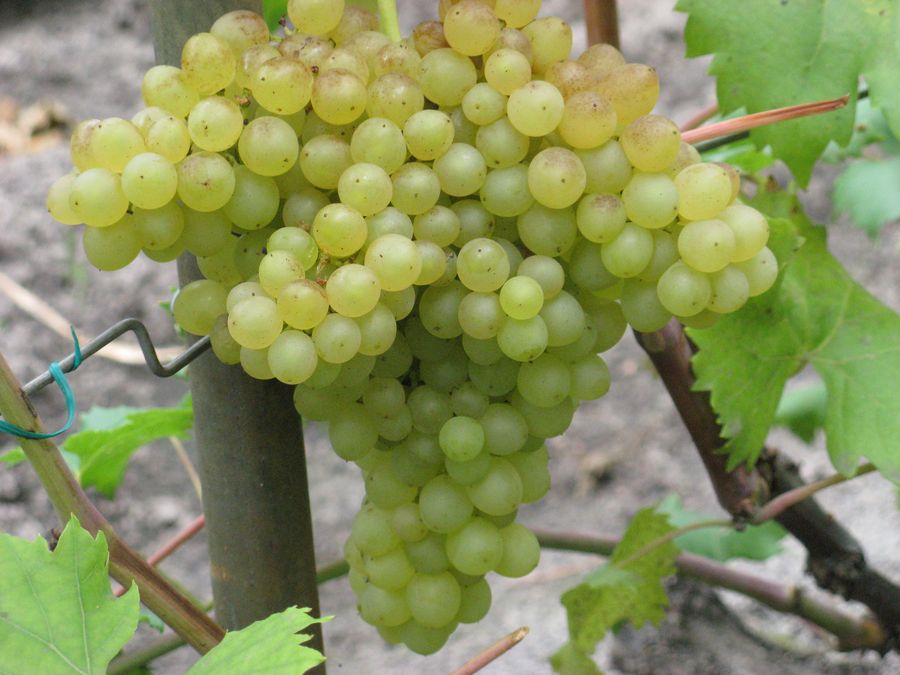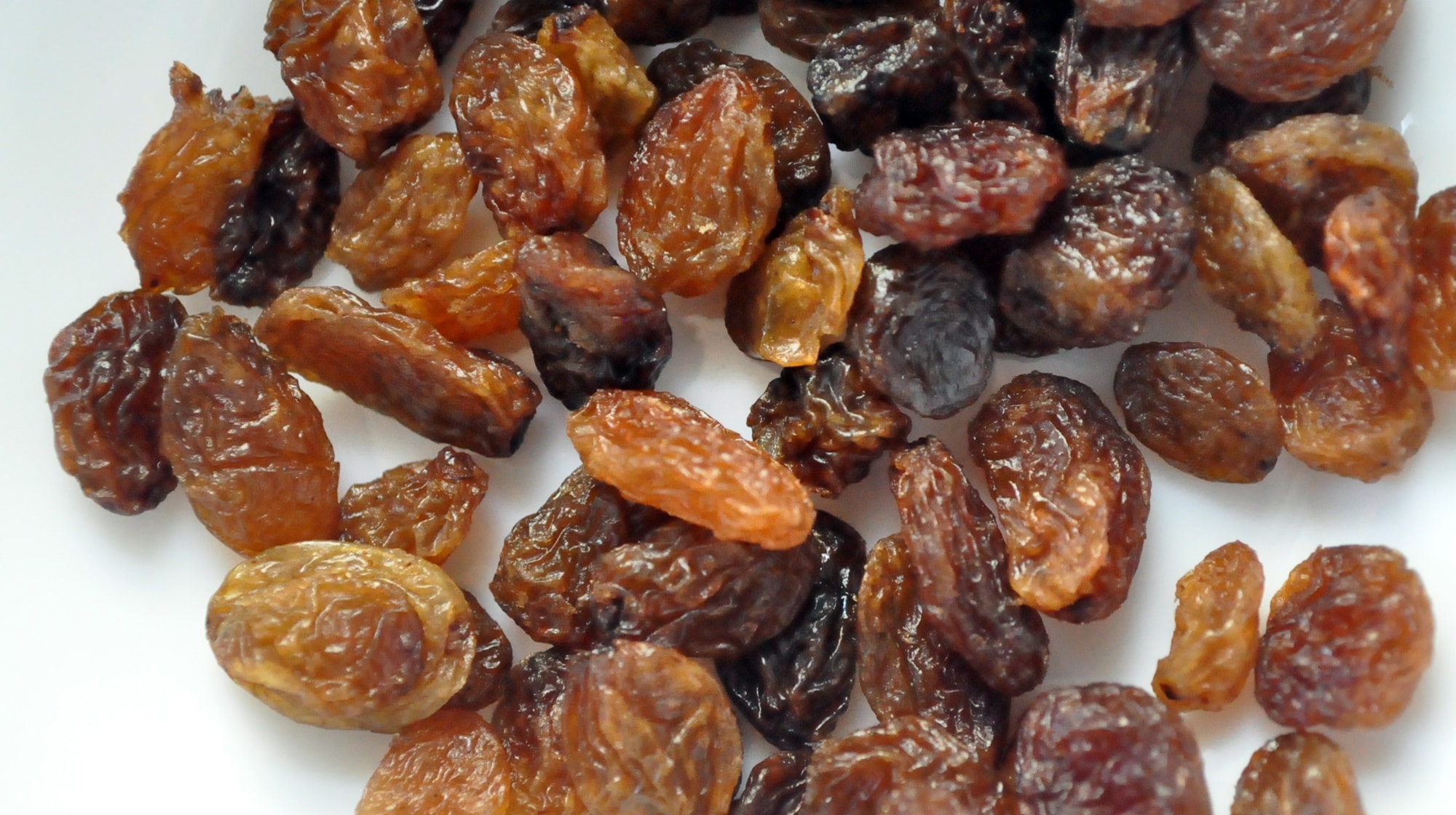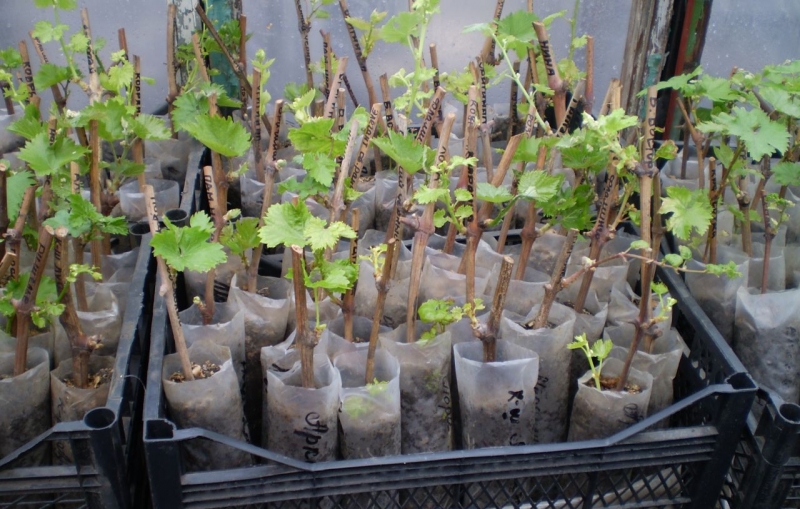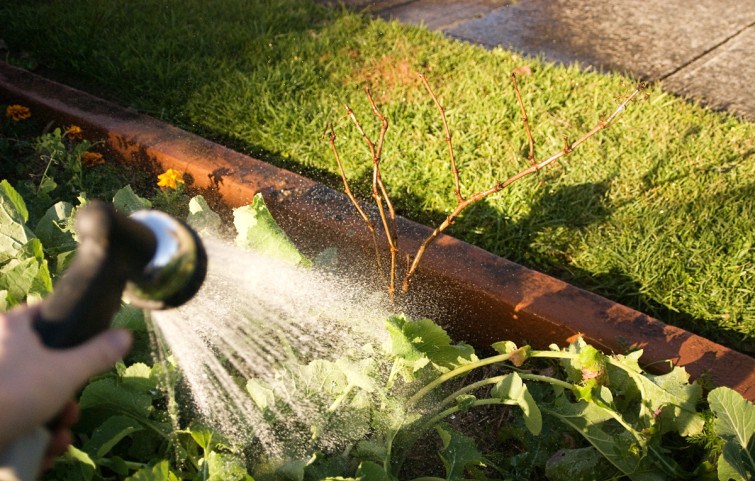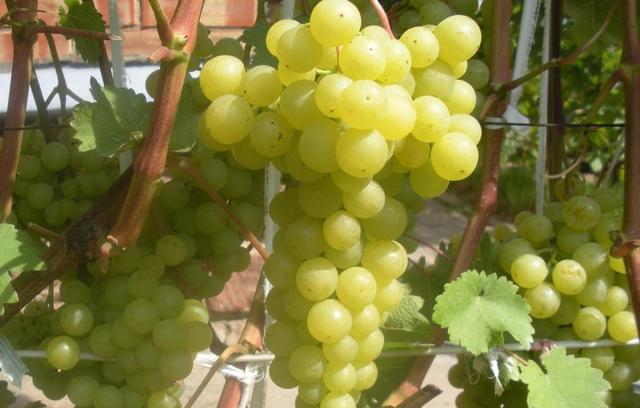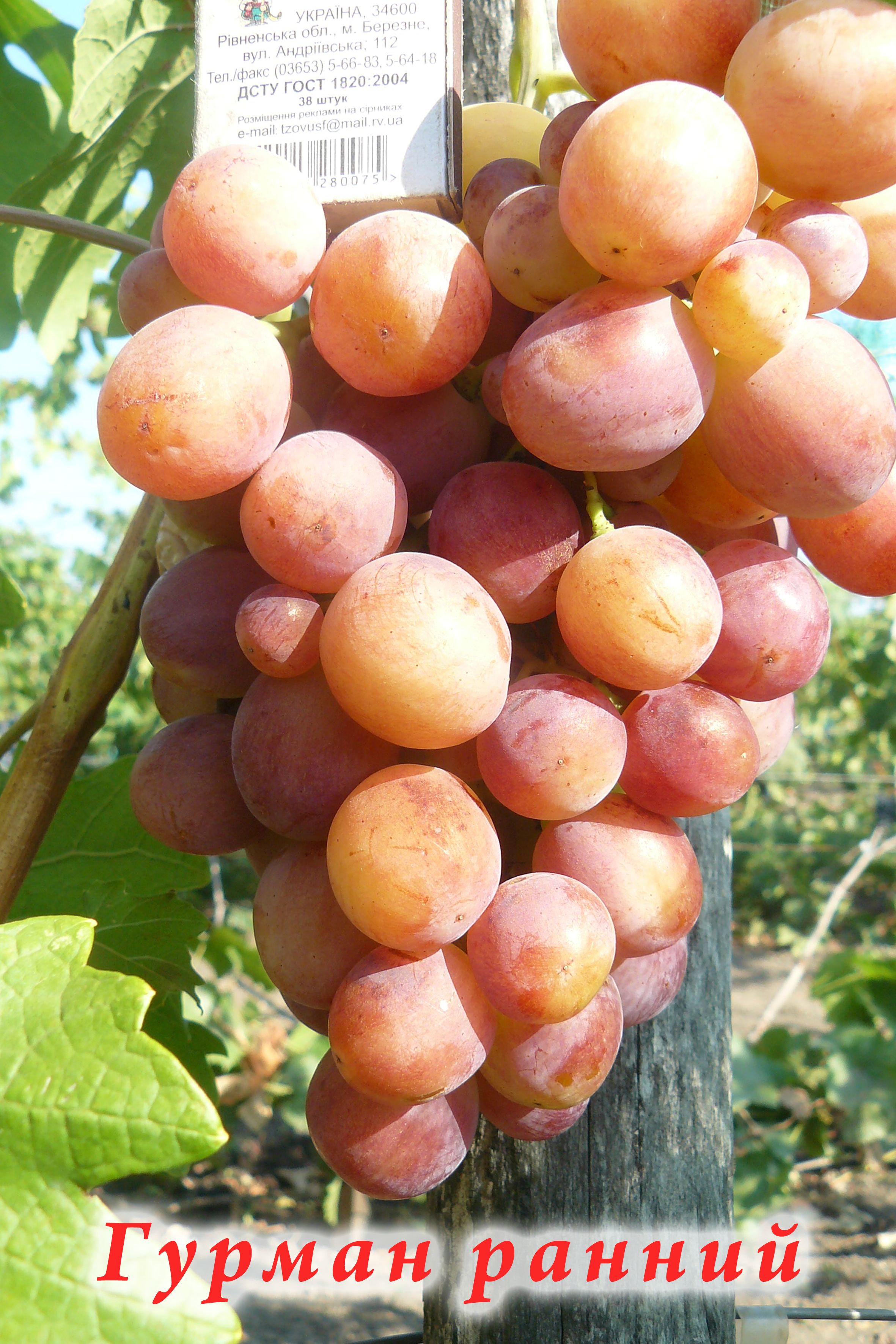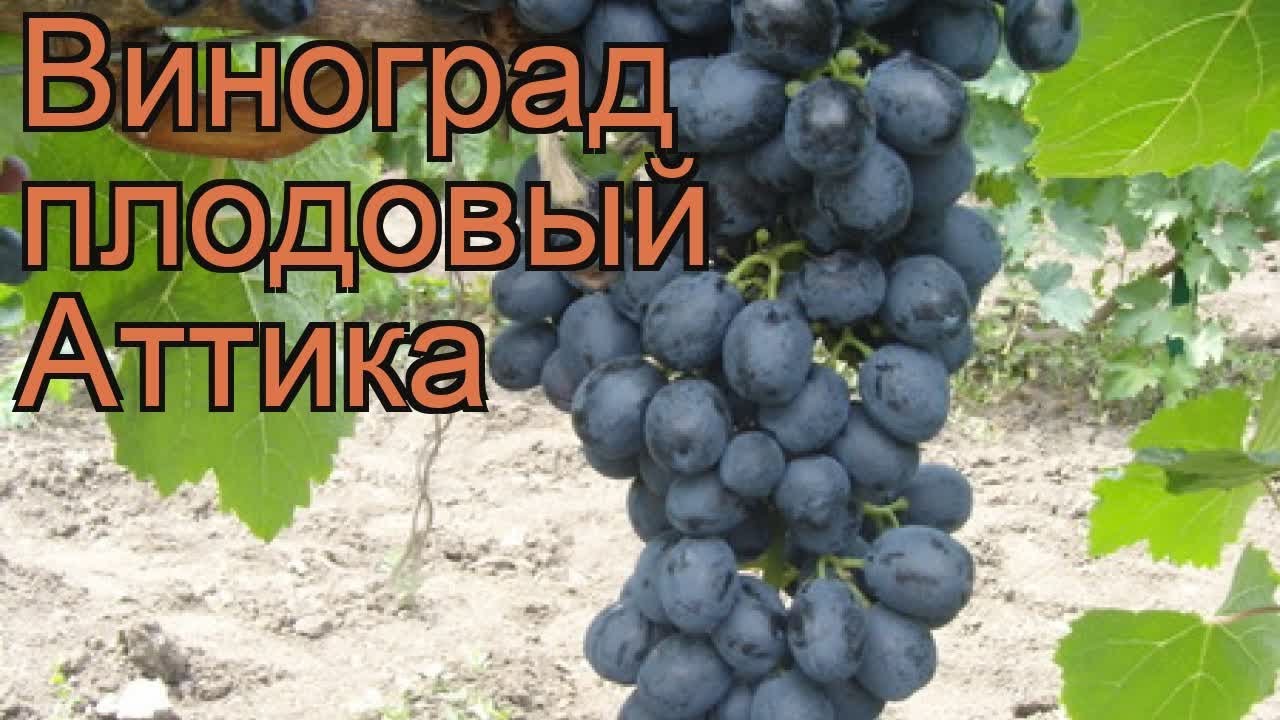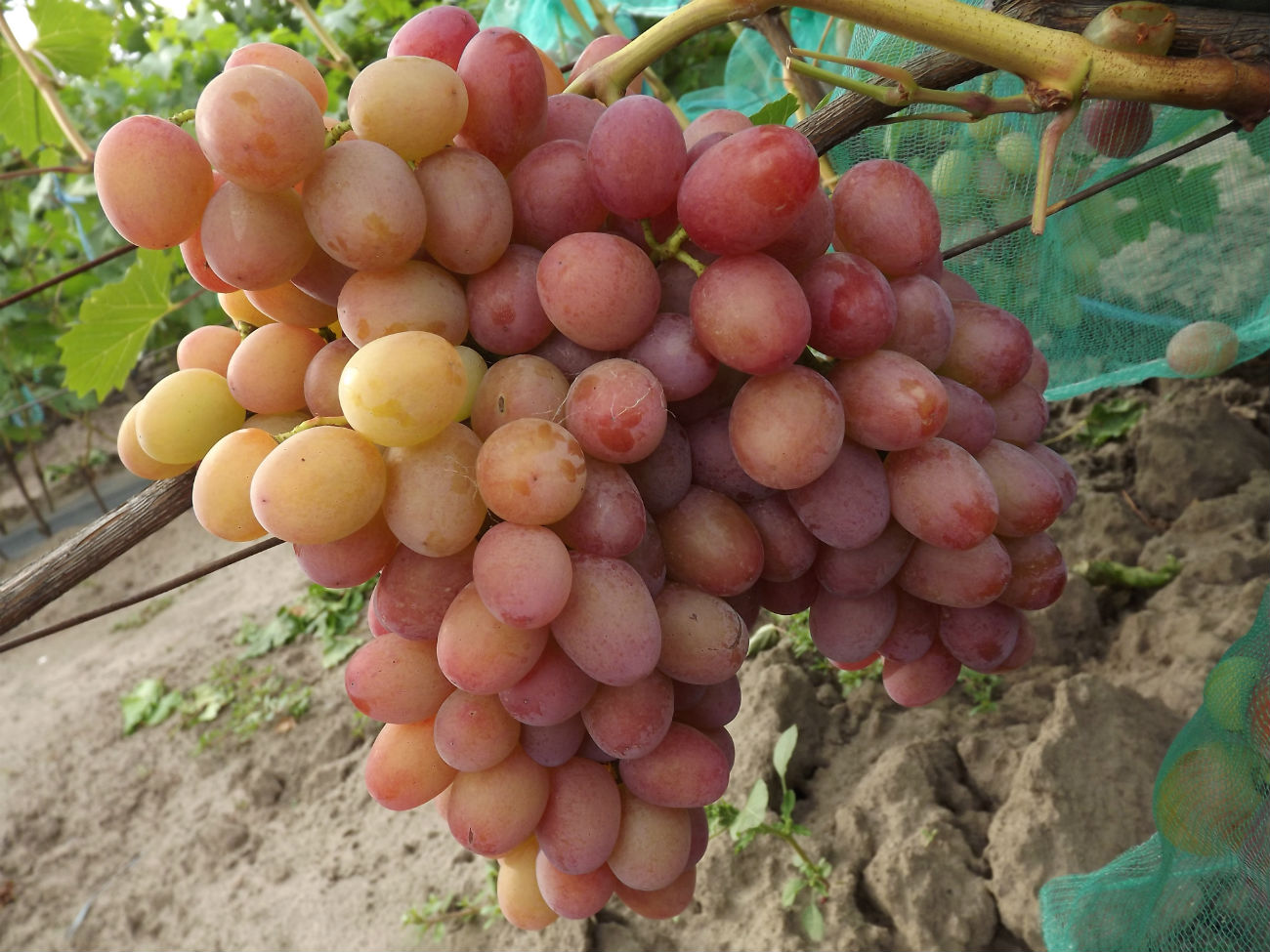Growing high-quality, consistently fruiting grapes in central Russia is not an easy task. The capricious climate of these latitudes does not allow to fully enjoy the variety of varieties and greatly reduces their choice. But even among the small assortment of versatile species, there are excellent specimens that impress with their endurance and yield. One of these varieties is Kishmish 342.
Kishmish 342 is the result of a successful cross between Sidlis Perlet and Villard Blanc. In Russia, this grape is also found under the names Hungarian Kishmish and GF 342, in Europe - Hungary vinograd. This fairly young variety, whose homeland is Hungary, has absorbed all the best qualities of famous parents: frost resistance, unpretentiousness, productivity and stable fruiting, for which it is loved by both specialists and ordinary summer residents.
Characteristics and description of the variety
Fruit grape Kishmish 342 is rightfully considered one of the best hybrid seedless varieties with an early ripening period. Technical ripeness occurs within 115 days from the date of fruit setting. With the correct agrotechnical approach, more than 70% of the plant's shoots bear fruit, and the yield from a bush reaches 25 kilograms, moreover, it is known for its frost resistance, it tolerates frosts of -26˚C with dignity, however, under cover.
The size and shape of the bunch of grapes g 342 directly depends on the weather conditions, the age of the vine and the care of the owner. Old shoots, formed large, give dense clusters, weighing up to 1.5 kg, on average, the brushes weigh 0.5-0.6 kg.
Hungarian grapes will appeal to those who prefer aromatic nutmeg harmoniously intertwined with the taste of the berry. Juicy and tender pulp, incredible golden color at the moment of full ripening, the absence of rudimentary formations, a fairly long storage period - this is what this variety of raisins is famous for. Grapes are good both when eaten naturally and in the manufacture of raisins.
The relatively small size of berries (up to 5 g) is more than compensated for by their sugar content (20-21%) and low acidity (less than 8 g / liter). But this is also a disadvantage, because sweet clusters, if not harvested on time, are very attractive to wasps, which are a real disaster for grapes g 342.
Growing secrets
Grape variety 342 is a real find for those who decided to try their hand at organizing their own vineyard: unpretentious, fast-growing and stably fruitful. It reproduces in several ways:
- cuttings;
- seedlings;
- by the grafting method,
- taps.
First of all, the future owner of vineyards needs to decide on the place of permanent residence of the vines, because the further harvest will directly depend on this. The place should be sunny, warm and always protected from drafts. If the choice fell on Hungarian Kishmish grapes, then it should be borne in mind that it grows violently, which means that it must be planted at a distance of at least 1 m from the support and at least 4 meters from neighboring seedlings.
The pit for planting should be approximately 90x90 cm - this is the only way the seedling can fully develop. Drainage is placed at the bottom of the hole - it can be purchased at a specialized store, or you can use crushed stone, gravel or expanded clay. Next is a layer of sand.
The earth, which was extracted in the process of digging a hole, is mixed with humus and ash, and returned to the planting hole. Carefully place a seedling in it, water it well and immediately cut it into 2 eyes. A supporting peg is installed nearby. It should not be forgotten that the first year is the most important for a seedling, therefore, the baby must be helped to settle down in a new place: regularly weed and loosen the ground, water abundantly, feed, and after 3.5 months pinch the crown.
Many gardeners prefer to propagate grapes using cuttings. For this, planting material begins to be harvested in the fall, cutting the vine at an angle of 45˚ into fragments. Then the cuttings are soaked in a pale pink solution of potassium permanganate for several hours, then for 2 weeks they are placed in water with a small amount of honey added in advance, and covered with a bag on top.
After this time, the first signs of rooting should appear, and the cuttings can be planted in containers. Moreover, it must be borne in mind that the earthen mixture in pots, where it is planned to plant the shoots, in composition should be identical to that which will be in the planting hole, that is, contain:
- sand;
- humus;
- ash.
Further care of the cuttings consists in timely watering and applying mineral fertilizers on time.
Watering, pruning, feeding Kishmish 342 is necessary just like any other type of grapes. The only difference is that this is a class of early-ripening varieties, so in the spring the vine is cut into about 8 eyes and tied up in order to prevent the growth of the plant, this will positively affect the size and taste of the future grape bunch.
The resistance to fungal diseases Kishmish 342 demonstrates quite high, but preventive measures will still not be superfluous, because the disease is better prevented than cured. Fungicide treatment should be done early to withstand the waiting period before harvest. In addition, timely thinning of the bush will help to avoid damage by pests and diseases.
Advantages and disadvantages
It is obvious that Kishmish 342 has much more advantages than disadvantages:
- unpretentiousness, even a beginner can get a decent grape harvest;
- in latitudes with unfavorable climatic indicators for grapes, it shows productivity better than in hot and arid regions, including in terms of taste;
- resistant to fungal diseases;
- it is well stored and transported, subject to timely removal from the bush;
- early ripening and high yield;
- high percentage of survival rate of young animals.
There are few disadvantages:
- the complexity of the shelter for the winter, due to the elasticity of the vine;
- the excessive sweetness of the fruit attracts a huge number of wasps, which can significantly spoil the harvest, so the fight against them is a priority during the ripening of the grapes.
So, grapes 342, the description and characteristics of the variety must certainly attract the attention of gardeners who want to get the maximum result with minimum labor costs. This specimen deserves to take the warmest and lightest place in any summer cottage, guaranteeing its owner an excellent harvest and good mood.
